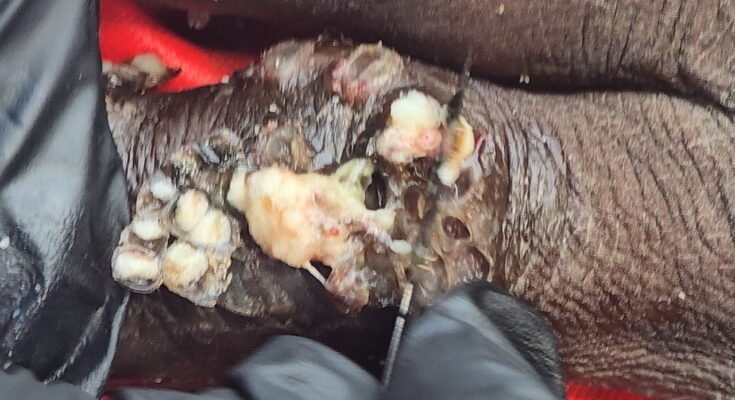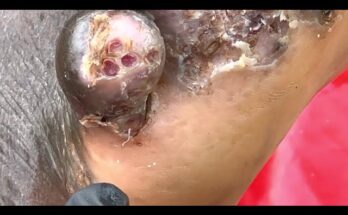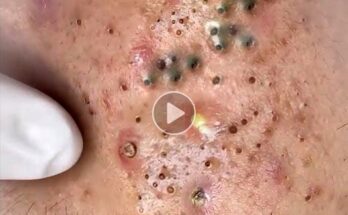Where Jiggers Attack: Understanding the Targets of a Painful Parasite
Jiggers, scientifically known as Tunga penetrans, are tiny parasitic fleas that burrow into the skin of humans and animals, causing a condition called tungiasis. These fleas are most prevalent in tropical and subtropical regions, especially in impoverished communities with poor sanitation and dusty environments. Understanding where jiggers attack is crucial for prevention, treatment, and awareness.
🦶 Primary Attack Zones
Jiggers most commonly target areas of the body that are in frequent contact with the ground or exposed to dust and sand. These include:
- Feet: Toes, soles, heels, and under toenails are the most frequent sites. Children and adults who walk barefoot are especially vulnerable.
- Hands: Palms and fingers can be affected, particularly in children who crawl or play on infested soil.
- Elbows and knees: These areas may be affected when people sit or rest on the ground.
- Buttocks and thighs: In severe cases, jiggers can burrow into these areas due to prolonged contact with infested surfaces.
The flea burrows into the skin, leaving only the tip of its abdomen exposed to breathe and release eggs. This causes a painful, itchy lesion that swells over time and may become infected.
🔍 Why These Areas?
Jiggers live 2–5 cm below sandy or dusty surfaces. They attack parts of the body that are closest to the ground, especially when protective clothing or footwear is absent. The skin around the feet and hands is often dry, cracked, or calloused—making it easier for the flea to penetrate.
🔥 Effects of Infestation
Once embedded, the female flea causes:
- Intense itching and inflammation
- Painful swelling and redness
- Ulceration and blistering
- Difficulty walking or using affected limbs
If untreated, the flea dies inside the skin, leading to secondary infections, abscesses, and in extreme cases, gangrene or amputation.
👶 Vulnerable Populations
Children are especially at risk. Many suffer from multiple infestations, which can deform their feet and hands, interfere with mobility, and lead to social stigma. In some communities, up to 80% of children may be affected.
🧼 Prevention and Care
Preventing jigger attacks involves:
- Wearing closed shoes
- Sealing earthen floors with cement
- Regular foot washing with soap
- Treating infected animals
- Spraying insecticides in homes
Treatment includes careful removal of the flea using sterile tools or topical solutions like dimeticone-based NYDA®. Antibiotics may be needed for secondary infections.



